Table of Contents
Farm animals play a vital role in agriculture, providing essential resources like food, labor, and materials. From meat and milk to wool and leather, these animals contribute significantly to farming life.
Understanding the different types of farm animals and their care is crucial for promoting efficient, sustainable farming practices.
Types of Farm Animals
| Animal | Uses |
|---|
| Cattle | Milk, Meat, Labor |
| Pigs | Meat |
| Sheep | Meat, Wool, Milk |
| Goats | Milk, Meat, Fiber |
| Chickens | Eggs, Meat |
| Horses | Work, Transportation |
| Ducks | Eggs, Meat |
| Turkeys | Meat |
| Rabbits | Meat, Fur |
| Bees | Honey, Pollination |
List of Farm animals
- Cow
- Bull
- Calf
- Goat
- Sheep
- Lamb
- Pig
- Horse
- Donkey
- Mule
- Chicken
- Rooster
- Hen
- Duck
- Drake
- Duckling
- Goose
- Gander
- Gosling
- Turkey
- Rabbit
- Dog
- Cat
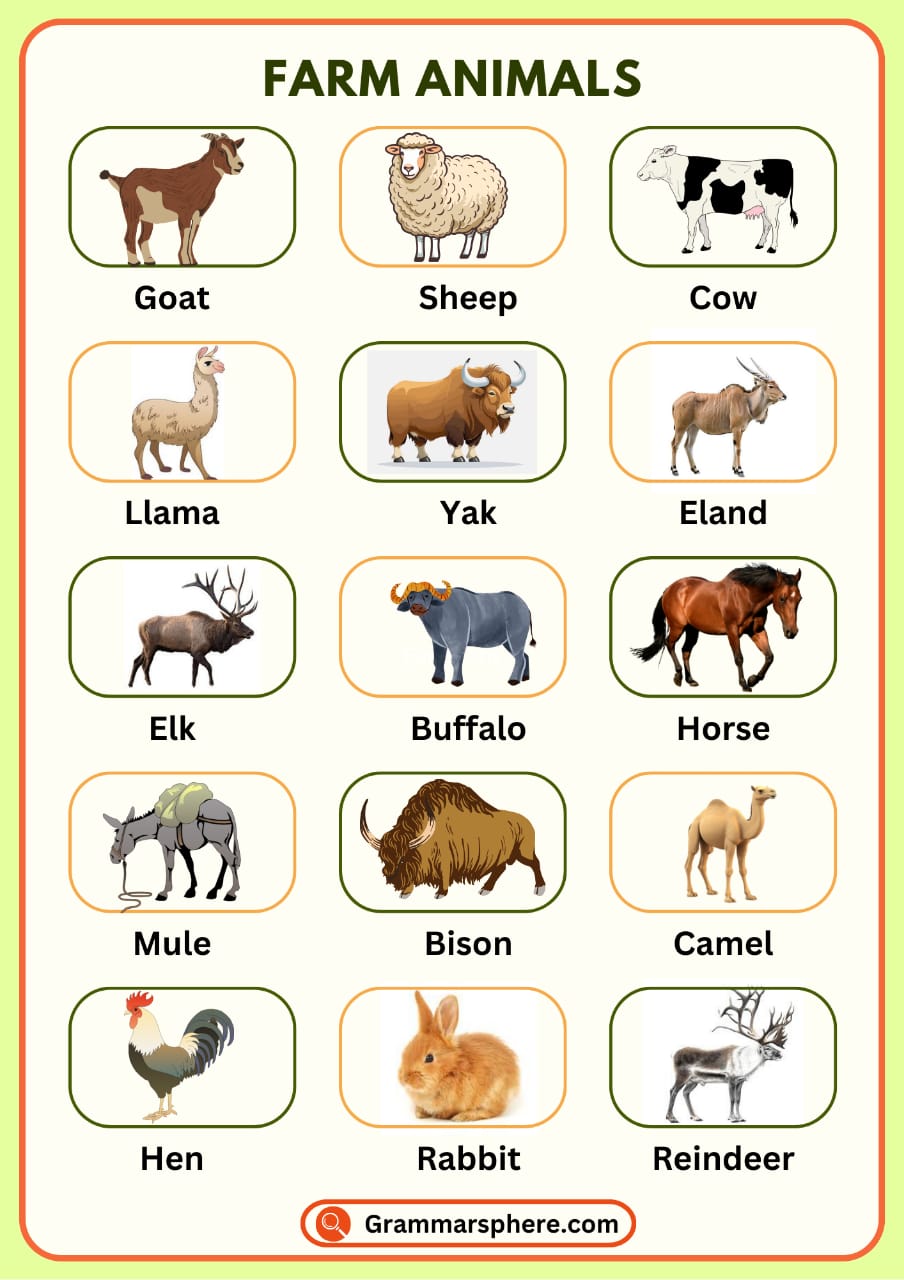
Farm Animals with Description
Cow
A large farm animal that gives milk. Cows eat grass and live in fields.
Bull
A male cow. Bulls are strong and usually kept for farming work.
Calf
A baby cow. Calves are small and drink their mother’s milk.
Goat
A farm animal that gives milk and meat. Goats can climb hills and eat grass or leaves.
Sheep
Sheep are soft animals that give us wool. Wool is used to make clothes.
Lamb
A baby sheep. Lambs are small, soft, and playful.
Pig
A farm animal that gives meat. Pigs are pink or black and love to play in the mud.
Horse
A strong animal that can run fast. Horses are used for riding and farm work.
Donkey
A hardworking animal used to carry things. Donkeys are smaller than horses.
Mule
A mule is a mix between a donkey and a horse. Mules are strong and helpful for carrying loads.
Chicken
A small farm bird that gives eggs and meat. Chickens are common on farms.
Rooster
A male chicken. Roosters crow early in the morning.
Hen
A female chicken that lays eggs. Hens take care of their chicks.
Duck
A water bird that swims in ponds. Ducks give eggs and meat.
Drake
A male duck. Drakes look bigger than female ducks.
Duckling
A baby duck. Ducklings are yellow and can swim shortly after birth.
Goose
A large water bird. Geese live near ponds and fields.
Gander
A male goose. Ganders are protective and loud.
Gosling
A baby goose. Goslings are soft and fluffy.
Farm Animals Feed
| Feed | Type | Used For |
|---|
| Hay | Dried grass | Cows, Sheep, Goats, Horses |
| Silage | Fermented forage | Cattle, Sheep, Goats, Dairy animals |
| Corn | Cereal grain | Cattle, Pigs, Poultry, Goats |
| Soybean Meal | Protein supplement | Poultry, Pigs, Cattle |
| Alfalfa | Legume hay | Rabbits, Guinea pigs, Horses, Cattle |
| Oats | Cereal grain | Horses, Pigs, Poultry |
| Barley | Cereal grain | Cattle, Poultry, Pigs |
| Wheat Bran | By-product of milling | Pigs, Poultry, Horses |
| Fishmeal | Protein supplement | Poultry, Pigs, Aquaculture |
| Canola Meal | Protein supplement | Cattle, Poultry, Pigs |
| Molasses | Sweetener and energy source | Cattle, Pigs, Poultry |
| Beet Pulp | By-product of sugar beet | Horses, Cattle, Sheep |
| Distiller’s Grains | By-product from alcohol production | Cattle, Pigs |
| Rice Bran | By-product of rice milling | Poultry, Pigs, Cattle |
| Coconut Meal | By-product of coconut oil extraction | Cattle, Poultry, Goats |
| Peas | Legume | Pigs, Poultry, Cattle |
| Haylage | Fermented forage | Cattle, Horses |
| Grass | Fresh or dried | Cattle, Sheep, Goats, Horses |
| Lupins | Legume | Cattle, Sheep, Poultry |
| Seaweed | Mineral supplement | Cattle, Poultry, Aquaculture |
Farm Animals Behavior/ Actions
Cow
The cow eats grass and provides milk. It often rests in the fields and walks slowly, making a “moo” sound. Cows are gentle animals and are commonly seen grazing in pastures.
Bull
The bull is strong and used for pulling heavy things on the farm. It walks powerfully and can sometimes be aggressive, especially when it feels threatened or during mating season.
Calf
The calf drinks its mother’s milk and spends time playing in the fields. It runs around happily and is often seen jumping around with energy, following its mother closely.
Goat
Goats are very agile, climbing hills, and jumping around. They eat grass or leaves and are known for their curious nature. Goats often make a “bleat” sound and can be seen exploring their surroundings.
Sheep
Sheep eat grass and prefer to stay in groups for safety. They are raised for their wool and make a “baa” sound. Sheep are calm and usually found grazing in herds on farms.
Lamb
A lamb is a young sheep that loves to run, play, and jump. It follows its mother closely for protection and can often be seen frolicking in the fields.
Pig
Pigs love to roll in the mud to stay cool, especially during warm weather. They eat a lot of food and make an “oink” sound when they are content or searching for food.
Horse
Horses are known for their speed and strength. They are used for carrying people and help with farm work. Horses make a “neigh” sound and are often seen running or trotting around the farm.
Donkey
Donkeys walk slowly and are used for carrying heavy loads. They are known for their endurance and make a “hee-haw” sound. Donkeys are strong but calm animals on the farm.
Mule
A mule, the offspring of a donkey and a horse, is known for carrying heavy loads and working steadily on farms. Mules are often used for farm labor because of their strength and resilience.
Chicken
Chickens peck the ground to find food, lay eggs, and are known for making a “cluck” sound. They often roam in small flocks around the farm, scratching at the dirt for seeds and insects.
Duck
Ducks swim in water and waddle on land. They quack and eat insects or plants, often laying eggs near water. Ducks are often seen near ponds or rivers and are known for their playful nature.
Drake
The drake is the male duck that protects the female ducks and stays near water. It also swims with the flock and is responsible for guarding the area.
Duckling
Ducklings follow their mother closely and learn to swim quickly after birth. They make soft peeping sounds and are often seen staying close to the safety of their mother.
Goose
Geese stay near water and eat grass. They are known for flapping their wings loudly and making a honking sound. Geese are protective of their young and often move in groups.
Gander
The gander is the male goose and plays an important role in protecting the family. It stands tall and hisses when threatened, ensuring the safety of the flock.
Gosling
Goslings are young geese that stay close to their parents. They walk in groups and learn to swim in the water as they grow, sticking close to their family for protection.
Turkey
Turkeys are known for walking slowly and eating seeds or grains. They make a “gobble-gobble” sound and spread their feathers to appear larger, especially during mating season.
Rabbit
Rabbits hop quickly and enjoy eating vegetables or grass. They live in burrows and make soft chewing sounds as they nibble on their food. Rabbits are gentle and active, often hopping around in their enclosures.
Dog
Dogs guard the farm and protect the animals. They bark loudly to warn of danger and are often used to help herd sheep or cattle, making them an essential part of farm life.
Cat
Cats are excellent hunters and are often used to catch mice and protect grains. They walk silently and stay alert, making a “meow” or “purr” sound. Cats can be seen lounging in quiet spots around the farm, keeping a watchful eye on the surroundings.
Farm Animal Habitats
Cow
Cows live in barns or open fields where they can graze grass.
Bull
Bulls are kept in barns or strong fenced areas.
Calf
Calves are kept in calf pens or near their mothers in barns.
Goat
Goats live in sheds or fields with a small shelter to keep them safe.
Sheep
Sheep live in fields or pens with shelter during bad weather.
Lamb
Lambs stay with their mothers in pens or fields.
Pig
Pigs live in pigsties or pens where they can stay cool and comfortable.
Horse
Horses live in stables or open fields with a shelter.
Donkey
Donkeys live in stables or under simple shelters in fields.
Mule
Mules live in stables or fields with a shed for shade and rest.
Chicken
Chickens live in chicken coops where they lay eggs and sleep.
Rooster
Roosters stay in chicken coops with hens for safety at night.
Hen
Hens live in chicken coops where they can lay eggs.
Duck
Ducks live in ponds or small shelters near water.
Drake
Drakes also stay near ponds or in duck shelters.
Duckling
Ducklings live in duck houses or stay close to their mothers.
Goose
Geese live near ponds or in shelters on farms.
Gander
Ganders stay with geese near water or in simple shelters.
Gosling
Goslings live in small pens or near their mothers in a safe area.
Farm Animal Young Ones
- Cow → Calf
- Sheep → Lamb
- Goat → Kid
- Pig → Piglet
- Horse → Foal
- Donkey → Foal
- Chicken → Chick
- Duck → Duckling
- Goose → Gosling
- Dog → Puppy
- Cat → Kitten
- Cow → Calf
- Sheep → Lamb
- Goat → Kid
- Pig → Piglet
- Horse → Foal
- Donkey → Foal
FAQS about Farm Animals
What is the meaning of farm animals?
Farm animals are domesticated animals raised on farms for various purposes, including food production (meat, milk, eggs), fiber (wool, leather), and labor. Common examples include cows, pigs, chickens, sheep, goats, and horses.
What are farm animals?
Farm animals are domesticated animals raised on farms for various purposes, including food production (meat, milk, eggs), fiber (wool, leather), and labor. Common examples include cows, pigs, chickens, sheep, goats, and horses.
What do farm animals do?
Farm animals are raised for various purposes, such as producing food (meat, milk, eggs), providing labor, and producing materials like wool and leather.
What do you call farm animals?
Farm animals are called livestock – domesticated animals raised for products like meat, milk, eggs, wool, and for work.
Why is it called Animal Farm?
The name “Animal Farm” refers to a fictional farm in George Orwell’s novella, where animals take over the farm from their human owner, symbolizing a political allegory about revolution and power.
You May Also Like

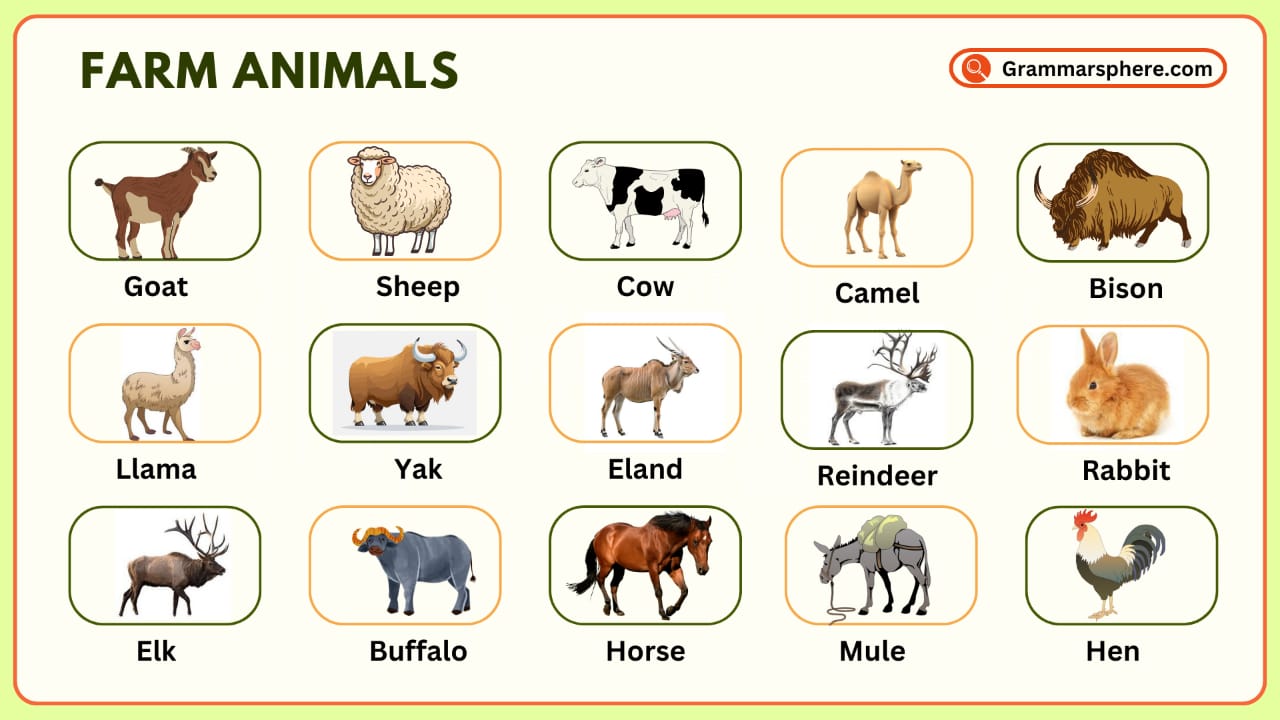
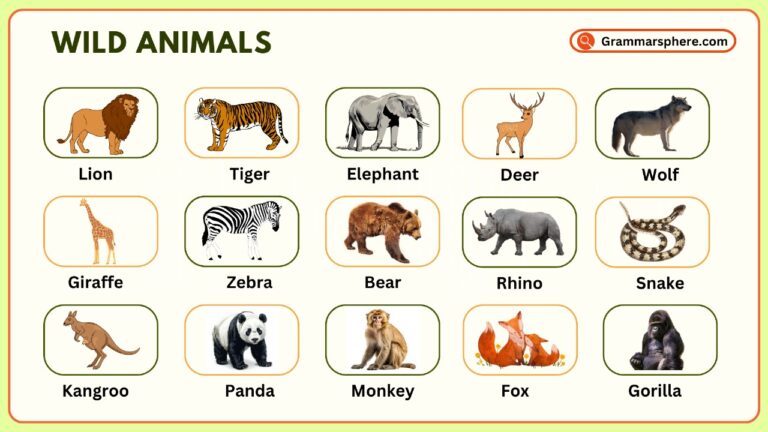
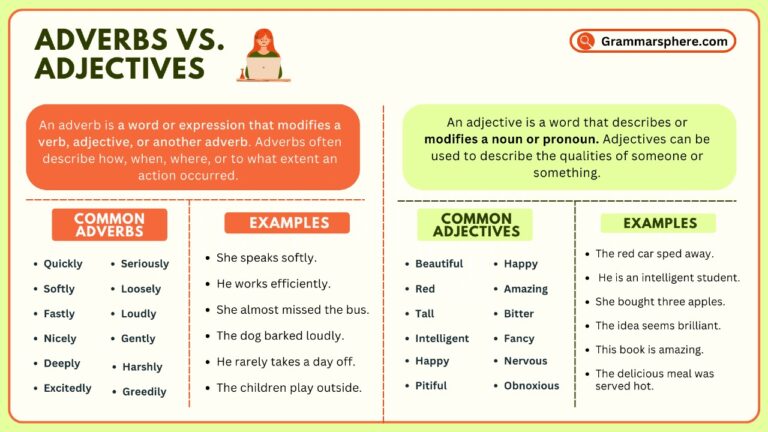
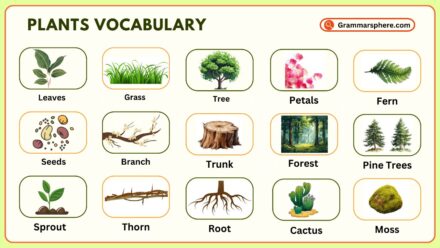
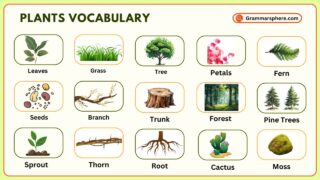
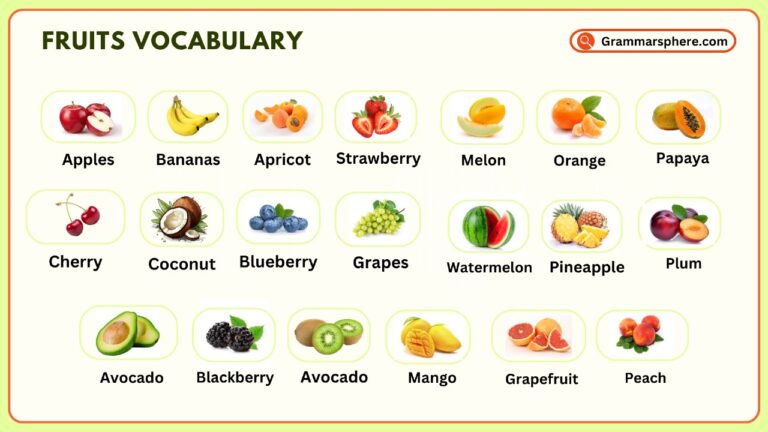
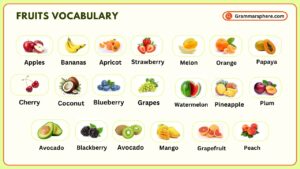
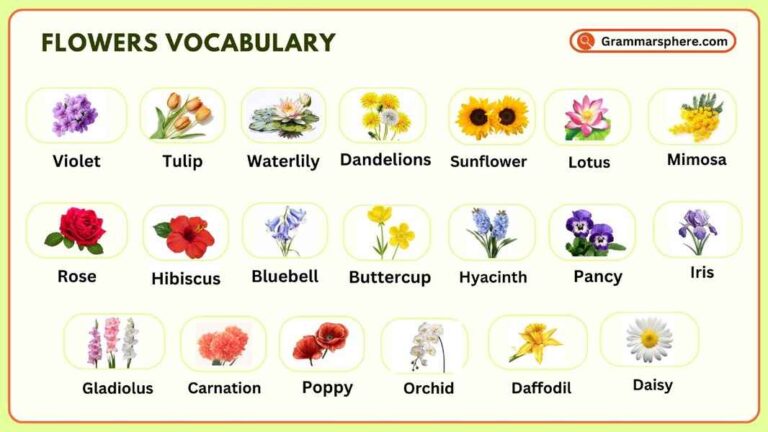
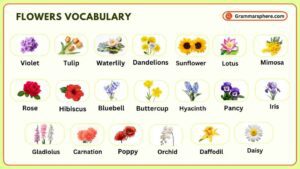
Leave a Comment